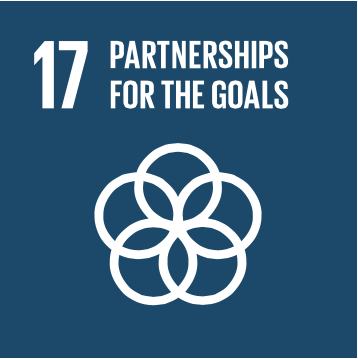
Fran Quigley
Part of my job is to work alongside my law students as we represent low-income persons in our Indianapolis-based clinic. Our community does not have a strong public transit system, and many of the available jobs are located far away from where our clients live. Our clients need cars, but they do not have much cash or strong credit ratings. So they turn to the car dealers that populate their neighborhoods, filling concrete lots with shiny vehicles and bright signs promising great cars and forgiving financial terms.
When our client walks onto the lot, the promises keep coming. A salesman says the car they look at is safe and reliable, and that the payment terms are flexible. A deal is made. The client finally has transportation to work, child care, doctor appointments.
For a while. But those cars tend to break down at alarming rates, and life’s other emergencies sometimes mean our clients struggle to make payments. That is when the harsh reality of the law comes in.
Because our client signed a contract. That contract said she accepts the vehicle “as is,” even if it has been in an undisclosed accident or has an engine on its last legs. And the contract creates an ironclad obligation to make all payments, or face acceleration of all the debt to become due at once. If she doesn’t pay, our client faces court action and more financial penalties.
Legally speaking, when the fuzzy pledges on the used car lot clash with the clear terms of a binding contract, it is not a fair fight.
When considering the relationship of the Sustainable Development Goals (SDGs) to trade agreements, I think of that situation. Because when the laudable aspirations of the SDGs come into conflict with trade agreements designed to benefit wealthy nations and multinational corporations, that is not a fair fight either.
I am a fan of the SDG effort. I deeply appreciate the time and energy invested by advocates who have made sure that the current text includes not just anti-poverty provisions and resource commitments, but also important language grounding the effort in human rights terms.1
But the SDGs, like the Millennium Development Goals before them, can accurately be labeled as a “legally toothless document.”2 The commitments in the SDGs are not much more enforceable than the vague promises of the used car salesman. And they certainly are no match for conflicting terms in trade agreements, which can obligate nations to restrict access to affordable generic medicines and limit wage and environmental protections.3
Unlike the SDGs, these trade terms are quite enforceable, not just by country parties but by multinational corporations invoking investor-state dispute settlement processes. Just ask the governments of Canada, Uruguay, Australia, or Ecuador, all of which have faced legal actions from corporations seeking to create medicine monopolies or block health and environmental regulations.4
None of this is an argument against creating the SDGs, or against making them as impactful as possible. Instead, it is an argument in favor of continuing the struggle to make economic and social commitments as rights-based and binding as possible. And it is a reminder that, when it comes to trade agreements and used car purchases alike, we all need to be careful when we sign on the dotted line.
Fran Quigley, JD MA, is a clinical professor at Indiana University McKinney School of Law, where he directs the Health and Human Rights Clinic. Please address correspondence to the author at quigley2@iupui.edu.
References
1 K. Donald, Strong commitments to human rights survive in final SDG text, despite sordid final compromises, Center for Economic and Social Rights (August 5, 2015). Available at http://cesr.org/article.php?id=1758
2 C. Kenny and A. Sumner, More Money or More Development: What Have the MDG’s Achieved?, Center for Global Development, (Dec. 2011). Available at http://www.cgdev.org/sites/default/files/1425806_file_Kenny_Sumner_MDGs_FINAL.pdf
3 F. Quigley, “The Trans-Pacific Partnership and Access to Medicines,” Health and Human Rights Journal (June 18, 2015). Available at http://www.hhrjournal.org/2015/06/18/the-trans-pacific-partnership-and-access-to-medicines/
4 B. Baker, “Threat of pharmaceutical-related IP investment rights in the Trans-Pacific Partnership Agreement: An Eli Lilly v. Canada case study,” Investment Treaty News (International Institute for Sustainable Development, September, 2013), p.p. 8-10. Available at https://www.iisd.org/itn/2013/09/20/threat-of-pharmaceutical-related-ip-investment-rights-in-the-trans-pacific-partnership-agreement-an-eli-lilly-v-canada-case-study/
Previous publications in HHRJ by Fran Quigley
The Trans-Pacific Partnership and Access to Medicines
No News is Good News: An Update on The Trans-Pacific Partnership and Access to Medicines
